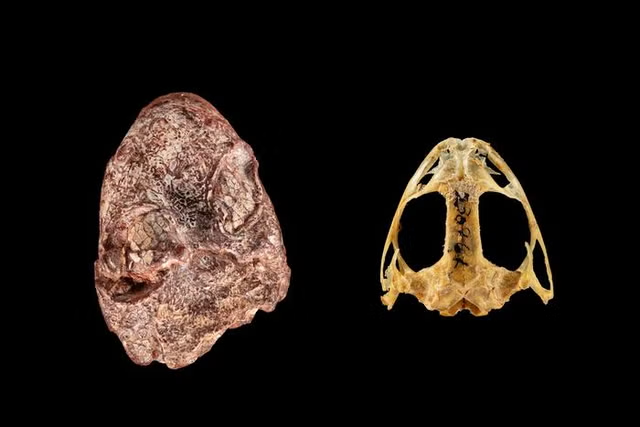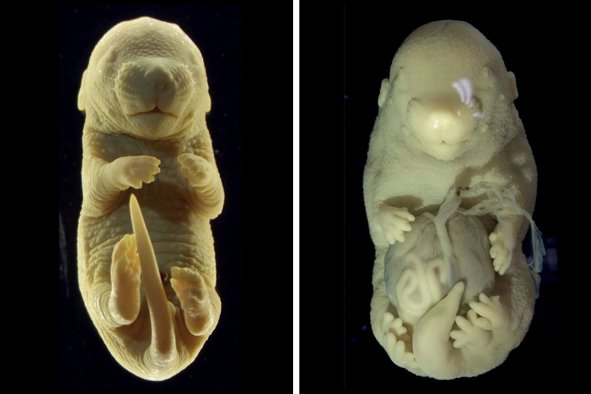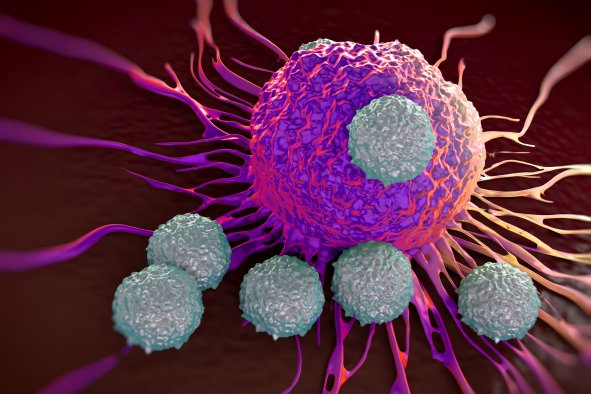California has been revealed as a lead U.S. emitter of a greenhouse gas that has "slipped under the radar."
Although the state is known for strict policies on reducing greenhouse gases, a new study from Johns Hopkins University found that it actually emits the most sulfuryl fluoride in the entire U.S.
The United States accounts for 17 percent of this greenhouse gas, and the new study found that this amount actually stems to a few areas in California.
"When we finally mapped it out, the results were puzzling because the emissions were all coming from one place," co-author Scot Miller, an assistant professor of environmental health and engineering at Johns Hopkins who studies greenhouse gases and air pollutants, said in a statement. "Other greenhouse gases like carbon dioxide and methane are found everywhere across the U.S. On our sulfuryl fluoride map, only California lit up like a Christmas tree."
Sulfuryl fluoride, while a colorless greenhouse gas, is also used as a pesticide. It is one of the only treatments to rid buildings of termites, a common pest in the U.S.
The gas is sometimes forgotten about alongside other harmful greenhouse gases, however it does have a long life span in the atmosphere. According to Johns Hopkins, 1 ton of the gas traps the same amount of heat in the atmosphere as 7,510 tons of carbon dioxide.
Researchers reached these findings by analyzing 15,000 air samples between 2015 and 2019.
California accounted for 60 to 85 percent of all sulfuryl fluoride emissions in the U.S., the study found. The main counties responsible included Los Angeles, Orange County, and San Diego.
The state has published a huge plan for achieving net zero by 2045.
"We can now show not only where but also how and why this gas is being emitted," lead author Dylan Gaeta, a PhD candidate at Johns Hopkins, said. "In order to get to net-zero emissions, we need a complete inventory of what greenhouse gases are out there."
The researchers put 85 percent of California's sulfuryl fluoride emissions to structural fumigation practices to get rid of pests, such as termites. This is done by sealing structure inside an airtight tent and pumping the pesticide inside.
However once this is done, the gas is released into the atmosphere. And as it lasts in the atmosphere for a long time, the researchers are concerned about this.
"Without some form of intervention, sulfuryl fluoride is going to keep accumulating in our atmosphere. For most greenhouse gases, California has been very intentional about how it's going to reduce emissions," Gaeta said. "This one has slipped under the radar."
Many greenhouse gas emission reduction efforts focus on carbon as it is the most dangerous to the environment. However, it is not acting alone, and more research is needed to see the effects of other greenhouse gases in the atmosphere.
Disclaimer: The copyright of this article belongs to the original author. Reposting this article is solely for the purpose of information dissemination and does not constitute any investment advice. If there is any infringement, please contact us immediately. We will make corrections or deletions as necessary. Thank you.



